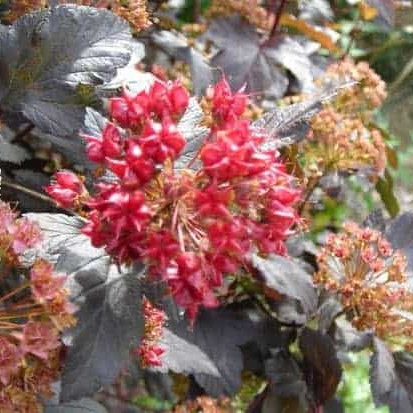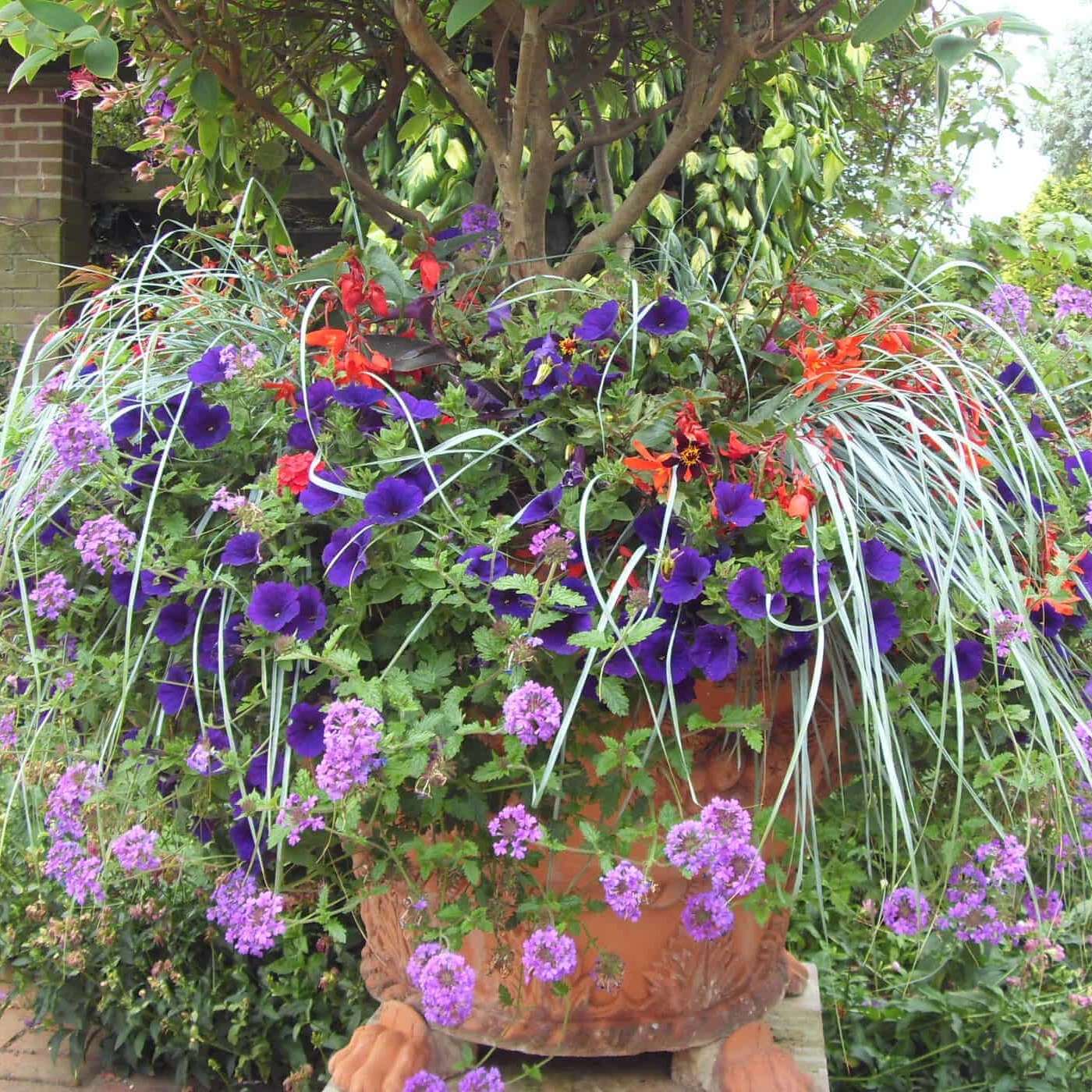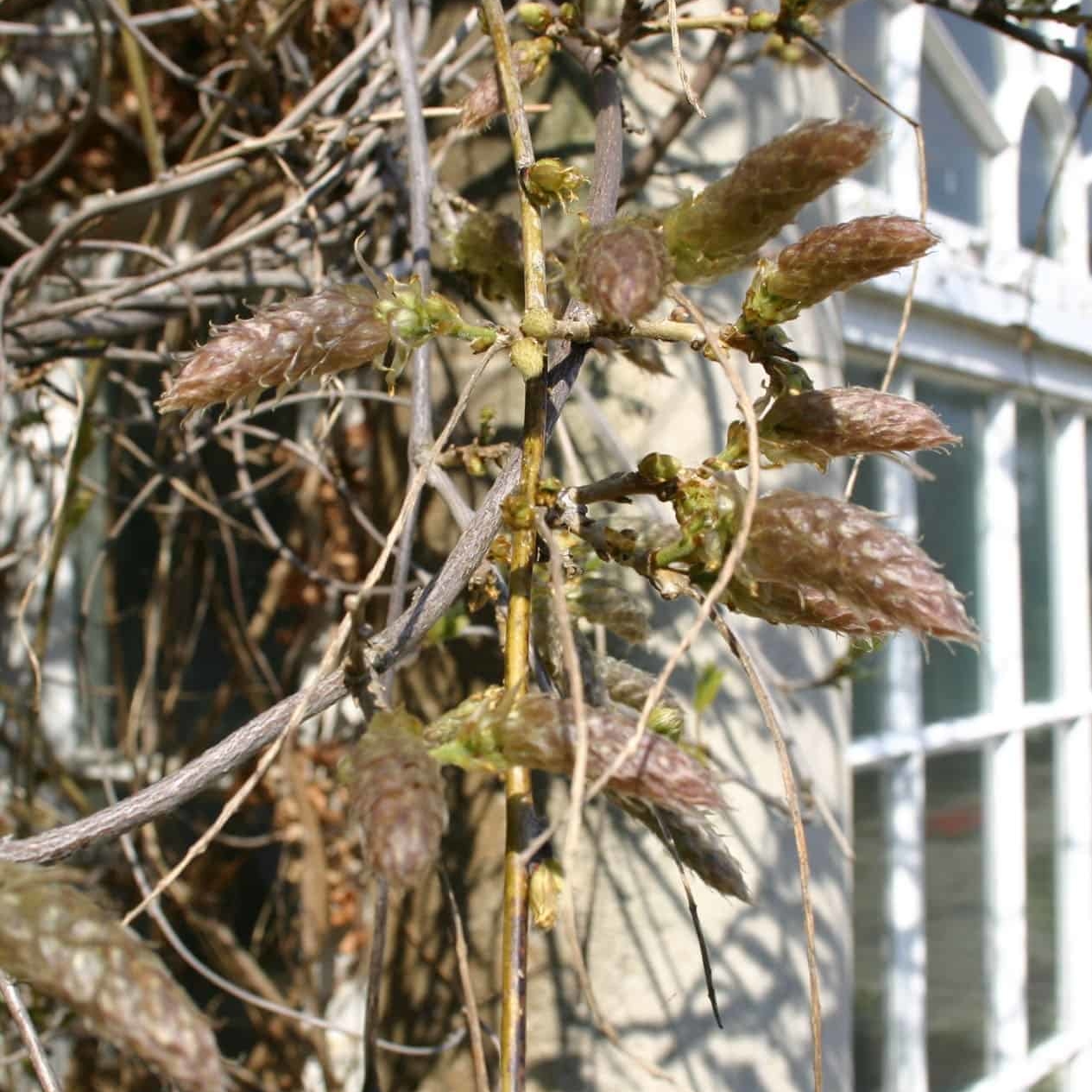Understanding the elemental nutrients essential to a plant’s development gives us a solid foundation on which to practise gardening. It also helps to recognise the key features of nutrient deficiencies. In doing so, we can respond quickly to any weakness and reduce the risk of losing plants.
There are 16 nutrients necessary to good plant health. The first three are organic nutrients:
- Oxygen
- Hydrogen
- Carbon
The next six are the major nutrients, more technically known as macronutrients. The ratio of the first three (N, P, K) is always given on fertilisers. This is important information, as it helps us choose the best product for correcting a deficiency in our plants:
- Nitrogen (N)
- Phosphorus (P)
- Potassium (K)
- Calcium
- Magnesium
- Sulphur
And lastly the seven micronutrients:
- Iron
- Chlorine
- Boron
- Manganese
- Zinc
- Copper
- Molybdenum
The majority of these are readily available from either the soil or the air. Factors limiting their uptake include soil pH and soil moisture content.
For simplicity’s sake, we’ll take a look at five of the six macronutrients along with one of the micronutrients (iron). Let’s consider how each one benefits the plant, plus how to recognise a deficiency.
Nitrogen
Nitrogen is used firstly for the creation of chlorophyll, the green pigment which enables photosynthesis. Growth processes all rely on nitrogen availability; it’s required for formation of both proteins and enzymes.
Deficiency can be recognised by yellowing (chlorosis) of older leaves, leading to stunted, slowed growth and delayed flowering and fruiting. Brassica (cabbages, kale, brussels sprouts) leaves will turn purple.
Phosphorus
Coming from decomposing organic matter, phosphorus is vital to several processes. It’s a key element of DNA, the plant’s building blocks. It plays a part in both respiration and metabolism (release and use of energy). It also contributes to flowering and fruiting, and germination of seeds.
When lacking in phosphorus, plants will develop blue-green or purplish tints to their older leaves. These will begin to fall prematurely and growth will be stunted. Similarly, seedlings that germinate with a deficiency will have purple foliage and slow, weak growth. There’s a delay in flowering and so also fruiting.
Potassium
Potassium is utilised by the plant in a range of ways. Protein synthesis, uptake of oxygen for photosynthesis, and also carbohydrate breakdown for release of energy all need potassium. Furthermore, plants require it for water regulation, and it’s pumped in and out of guard cells surrounding the leaf pores to cause them to open and close. This enables gas exchange.
Deficiency symptoms will again begin in older leaves. It manifests as brown stains underneath leaves, and some yellowing between veins. Leaf tips and margins curl and shrivel, appearing scorched. Stems and roots are weak.
Calcium
Plants use this macronutrient to bind cell structures together. Death of young leaves and shoot tips reveals calcium deficiency. In fruits, the ends of tomatoes go brown, and apples develop dark spots all over their skin.
Magnesium
A vital component of chlorophyll, magnesium deficiency appears as yellowing of older leaves and the turning upwards of their tips. The yellowing changes to red discolouration between veins.
Iron
This is an important micronutrient, responsible for facilitating chlorophyll production and respiration. Iron deficiency affects young leaves, with yellowing between the veins. Stems are weak, being slender and shorter than normal, although new buds will still survive.
How to combat nutrient deficiency?
The main points to bear in mind are water and feed.
Plants absorb most of their nutrients through their roots, from the soil. Waterlogged ground reduces oxygen content, causing roots to die. Conversely, soil with too little moisture inhibits nutrient uptake because most enter the plant dissolved in water. Ensure your garden is appropriately and adequately watered (see our watering article here).
In terms of feeding your plants, soil with a neutral pH gives plants access to the widest range of nutrients. Balancing pH may be necessary, although isn’t always possible. An alternative is to plant according to your soil type – these plants will be naturally adept at thriving in your home conditions. If plants are struggling, you could apply fertilisers. Our article here explains more about feeding plants. Remember that plants in containers will struggle for nutrients after only a couple of weeks. This is because compost contains a much smaller, finite amount of nutrients in the first place. Once used up by the plants, you’ll start to see signs of deficiencies. Don’t delay in applying a feed at this stage. Always follow the manufacturer’s instructions.
Kevin Gelder
Kevin joined Bestall & Co in late 2017 and brought a range of skills with him from a varied background. He gained a degree in French and Italian from Lancaster University in 2009 before successfully completing a PGCE at the University of Sheffield in 2011. He built on his communication skills through secondary language teaching, before working in healthcare administration.
Ultimately though it was his passion for plants and gardening which brought him to Bestall & Co as a member of the planting team, and although he's now moved back to an office based role, the articles he wrote whilst he was still with us live on.



